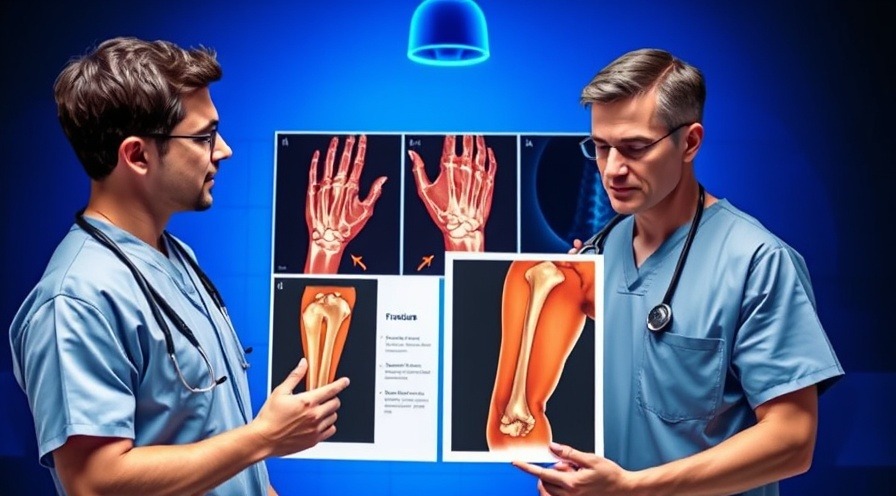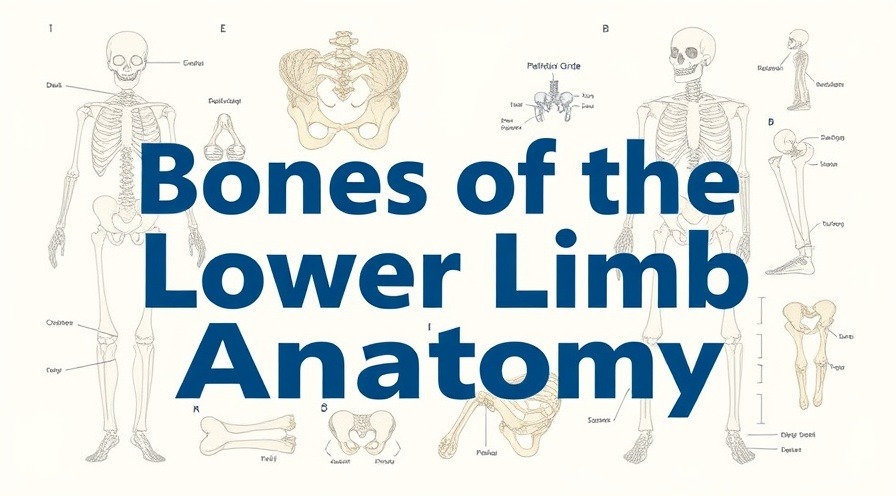
The FRA Questionnaire: A New Way to Assess Fracture Risk
Are you worried about your bone health and potential fractures? If so, you may want to consider the FRA index, a simple yet effective survey that can help predict your risk of fractures better than traditional methods like the DEXA scan. Developed by experts, this questionnaire evaluates multiple lifestyle factors, providing a comprehensive view of your fracture risks.
In 'Simple Survey For Fracture Risk, Better Than Dexa Scan?', the discussion dives into the innovative FRA index and its efficacy in predicting fracture risks, highlighting essential insights that inspired further exploration in this article.
Age: A Major Factor
One of the primary factors in the FRA questionnaire is age. As we age, our risk of fractures significantly increases—by up to four or five times for those over 70 compared to those in their 50s. Understanding this risk is crucial in proactively managing bone health and making necessary lifestyle adjustments.
Gender Differences in Fracture Risk
The FRA questionnaire also takes into account your gender. Women are particularly vulnerable to osteoporotic fractures after menopause, with a stunning 2.5 times increased risk compared to man in their 50s to 70s. This gender gap narrows for those over 80 but understanding your specific risks can help in preventative measures.
Weight Matters: The Impact of BMI
Did you know that your Body Mass Index (BMI) plays a crucial role in fracture risk? While maintaining a healthy weight is essential, being underweight can increase fracture risks as well. A BMI of less than 20 adds a significant risk factor, especially in older adults. Being mindful of your nutritional intake can help mitigate this risk.
Family History and Previous Fractures
Previous fractures usually double your chance of another, while a family history of hip fractures increases risk by 1.5 times. Having that knowledge empowers individuals to take preventive action, whether it's modifications to home safety or consulting with healthcare professionals about their risks.
Behavioral Factors: Smoking and Alcohol
Some risk factors are behavioral. Smoking increases risks 1.3 times, while excessive alcohol consumption can boost it by 1.4 times. Recognizing these risks allows individuals to make lifestyle changes that could significantly improve their bone health.
Take Action for Better Bone Health
The FRA questionnaire is an essential tool for identifying risk factors—not just for potential bone breaks today but for the years to come. Make sure to discuss your results with a healthcare provider to develop an actionable plan that fits your lifestyle.
Everyone deserves to enjoy an active, healthy life without the fear of debilitating fractures. Align with the insights provided by the two doctors in the Talking with Docs video. Knowledge is empowering, so take the FRA questionnaire and understand your risk today!
 Add Row
Add Row  Add
Add 




Write A Comment